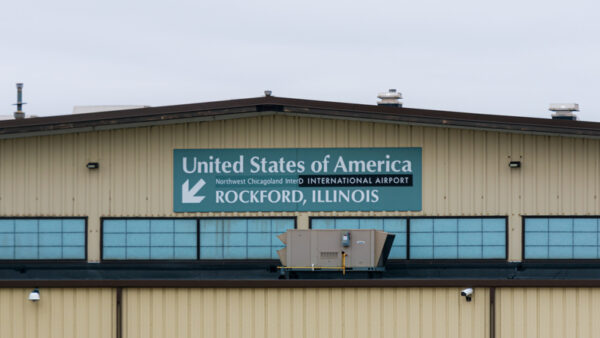The troubled scheme to construct a $13bn storage and vitrification facility in Washington State for America’s numerous nuclear waste dumps is now facing another whistleblower case.
On 7 November a US appeals court reinstated a lawsuit filed by an employee at the Hanford Nuclear Reservation who claims he was fired by engineer URS Energy and Construction, the primary subcontractor at the site, after raising safety issues. A lower court had earlier dismissed the case.Â
The 9th Court of Appeals said the plaintiff, Walt Tamosaitis, was entitled to a jury trial. Jack Sheridan, Mr Tamosaitis’ attorney, told the Tri-City Herald newspaper that this was the first time that a US court has ruled that a whistleblower was entitled to have their grievances head by a jury. A case will probably take place next year.
Tamosaitis contends that URS removed him from his job as the research and technology manager of the vitrification plant after he said more time was needed to resolve technical issues. URS and its primary contractor Bechtel National disagreed, saying Tamosaitis had completed his work and had sent emails about the issue that were inappropriate.
Construction on the plant has since stopped because of technical and safety issues.Â
District Court Judge Lonny Suko had dismissed Tamosaitis’ case in 2012 after ruling that he had not followed a legal requirement to wait one year after an filing an administrative claim with the Department of Labor, and that URS had acted on Bechtel’s instructions.Â
The appeal court decided that a jury might be persuaded to find that URS could have acted against Bechtel’s wishes to have Tamosaitis removed.
URS issued a statement that said: “URS disagrees that there was any retaliation against Dr Tamosaitis. We encourage our employees to raise concerns about safety, which is the company’s highest priority, and we are methodical in addressing the concerns they identify.”
The case comes less than a month after the US Department of Energy said it could not determine if a complaint brought by another whistleblower was valid because URS and Bechtel had not provided all the documents it needed to come to a conclusion.
The Hanford site occupies 1,518 square kilometres in the south-west of Washington State. It was established in 1943 as part of the Manhattan Project. It was home to the first full-scale plutonium production reactor in the world, and manufactured the fuel used in bomb dropped on Nagasaki.
It has since gained the reputation of being the most polluted site in the US, and the Federal Government is paying $2bn a year to maintain it. About two-thirds of America’s most radioactive waste is stored there, and on 15 February last year, Governor Jay Inslee announced that one of its storage tanks was leaking liquids on average of 150 to 300 gallons a year.
It also contains a commercial nuclear power plant.






